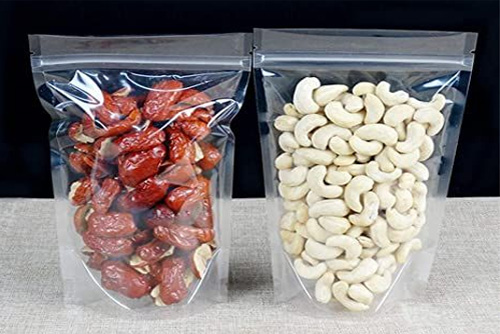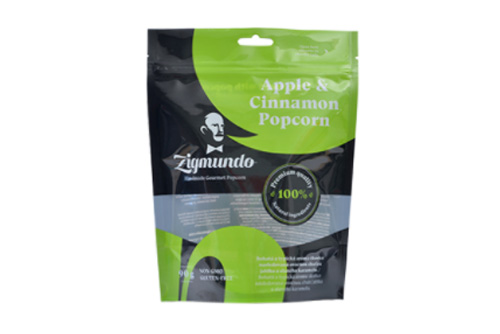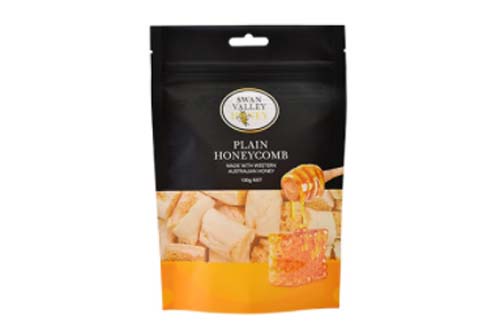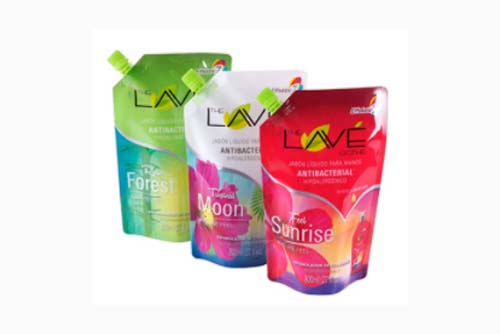
The flexible packaging industry has been on a continuous growth path in the past decade. You are now more likely to encounter sachets, pouches, and other varieties of it as you shop for your favorite products. Flexible packaging options have also increased and improved in terms of quality and overall design innovation.
So, could it be that the flexible packaging industry has peaked? If the emerging market trends are anything to go by, the answer to that is no. In fact, it appears there is far much more growth to be expected in the sector. Here is a look at a brief overview of the flexible packaging industry and the trends that product manufacturers and consumers can expect from it in 2021.
Table of Contents
A Brief Introduction to Flexible Packaging
To fully appreciate the emerging market trends in flexible packaging, it may be helpful to put the industry in perspective as below.
What is the Flexible Packaging Industry?
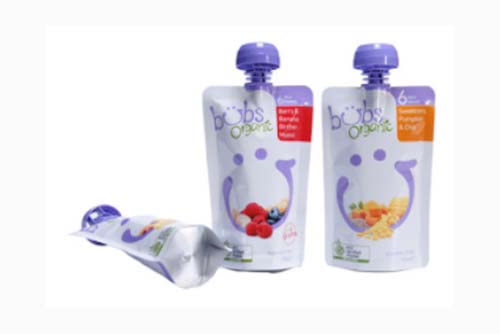
Flexible packaging comprises non-rigid packaging products that can be folded or that gain shape when filled with product. Most flexible packaging manufacturers specialize only in flexible packaging but a small percentage offers both rigid and non-rigid packaging products. As this type of packaging became more mainstream in recent years, the industry has been riddled with mergers. This has been a way for major flexible packaging manufacturers to reach markets in different locations and to shore up their production capacity.
What are the Segments in the Flexible Packaging Industry?
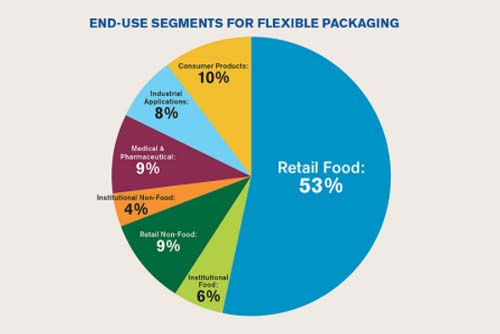
Source: www.flexpackmag.com
The flexible packaging can be divided into 5 main segments as follows.
Industry application – the nature of a product determines the type of flexible packaging that would be ideal for it. Therefore, flexible packaging is divided into food packaging for the food and beverage industry and non-food packaging for industries like cosmetics and hygiene.
Packaging materials- different packaging materials are chosen to make flexible packaging based on the nature of the product. Plastic, paper, and foil are the most prevalent material choices.
Geography- the flexible packaging industry is divided into North America, Europe, Asia, and Latin America, Middle East and Africa clustered into one segment. This is occasioned by the fact that flexible packaging manufacturers only have a presence in certain regions. It is also because some regions, like the EU, can sometimes have unique product packaging regulations.
Printing method – flexible packaging is required to have clear product and quantity markings. This is achieved by methods such as flexography, rotogravure, and digital printing.
What is the Size of the Global Flexible Packaging Market?
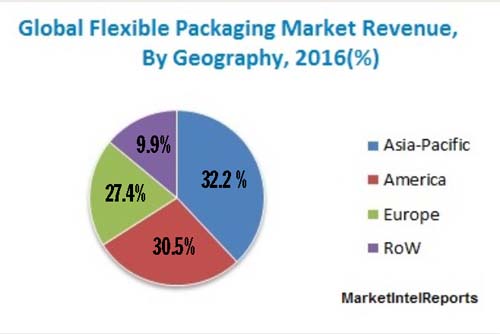
Source: www.plasticstoday.com
The global flexible packaging market is spread across all continents with North America and Asia being the biggest portions. According to the Flexible Packaging Association, flexible packaging in America takes about 19% of the market share in the packaging industry. In Asia, the large market size is attributed to the region’s large and growing population.
From a monetary standpoint, the industry is estimated to have been worth about $119 billion in 2020. This figure is expected to keep growing with Africa, South America, and the Asia-Pacific region being the major growth frontiers. The number of flexible packaging manufacturers is also anticipated to rise.
With that in mind, we can now answer the question: what are the latest trends in the flexible packaging market?
An Increased Uptake of Sustainable Flexible Packaging
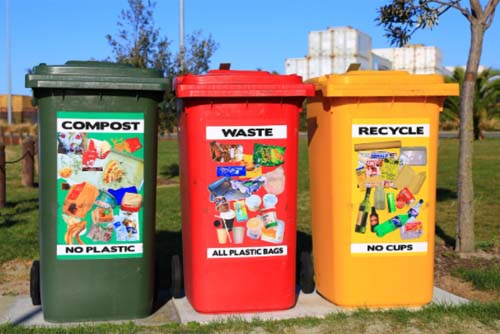
Source: Unsplash
Sustainable flexible packaging is made with the environment and natural raw material sources in mind. It preserves both of them and is currently preferred by most consumers and eco-conscious brands. Further, given sustainability is one of the global SDGs, this type of flexible packaging is likely going to become more popular and have a higher demand.
Flexible sustainable packaging can be classified into two categories:
Compostable Packaging
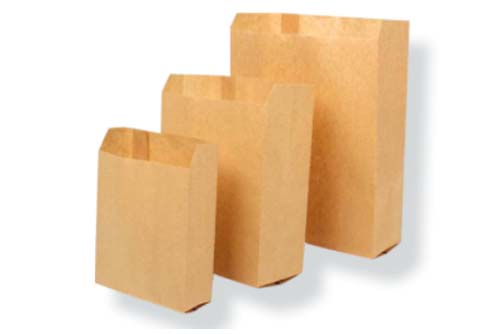
This is packaging that is made of natural materials, such as wood pulp, that is biodegradable. It offers an assurance that even after customers consume products and dispose of this kind of packaging, it would not negatively impact the environment. It would simply decompose into a different state of natural matter in the event that it is not recycled.
Examples of compostable flexible packaging materials include PLA and Kraft paper. They are usually designed as brown paper bags and are often used to package food. They can also be applied as retail carry bags.
Recyclable Packaging
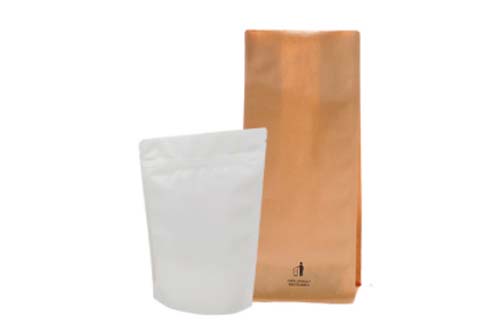
Recyclable flexible packaging is made with the intention of the packaging being reprocessed to make new packaging later on. It is classified as sustainable because recycling reduces the need for fresh raw materials. This, in turn, prevents the over-exploitation of raw material sources that have been on the brink of depletion in recent years. Recycling such packaging also helps eliminate the global problem of plastic waste.
Plastics like polyethylene are the most prevalent material used for this type of packaging. It is used to produce pouches and films that can be applied in both food and non-food industries. It provides a highly effective barrier.
Increased Demand for Flexible Packaging

Source: Pixabay
For many years, rigid packaging remained the go-to solution for most product manufacturers. This is now changing as manufacturers discover the numerous benefits of flexible packaging. Most brands have already made the shift to flexible packaging but all factors indicate that there will be more to follow. This market shift has been influenced by flexible packaging qualities such as:
Cost-effectiveness – flexible packaging is much cheaper to produce than rigid packaging. It also takes up less space and thus reduces storage and distribution costs.
Improved customer experience- pouches fitted with user-friendly closures have been found to deliver a more pleasant user experience. They are easier to open, can be made resealable, and are not prone to breakage like rigid jars.
Versatility- in previous years most product manufacturers avoided flexible packaging because they were uncertain how well it would preserve their products. Flexible packaging manufacturers have since formulated better materials that can be used in almost any industry.
Marketability– well-designed flexible product packaging is trendy and appeals to customers. This can be achieved by incorporating eye-catching colors and graphics through methods like digital printing and rotogravure.
Custom Flexible Packaging
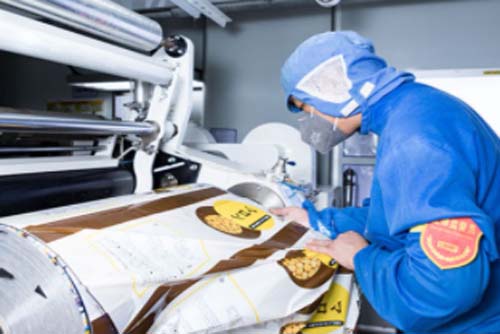
Custom flexible packaging has been available in the market for a long time. The trend to look forward to, however, is new, innovative, and more functional custom flexible packaging. This will largely be driven by brands looking to set themselves apart and improve user experience for their customers.
Some emerging design aspects based on this trend may include:
More dynamic printing methods
Trendier pouch designs
The use of health-conscious packaging materials like BPA-free plastics
Stiffer Competition Amongst Flexible Packaging Manufacturers

Source: Pexel
The flexible packaging industry is forecasted to grow to a value of over $200 billion in the short-run future. There are also new emerging markets such as Sub-Saharan Africa and Asia that are unexploited and likely to become very profitable. As such, flexible packaging manufacturers are likely to enter into stiff competition in a bid to secure a bigger piece of the market share.
This competitive phase may also see some of the giant flexible packaging manufacturers set up plants in emerging markets. The goal behind this would be to make their products more accessible to product manufacturers and cut down on extra costs such as shipping. Setting up local branches may equally be more effective in terms of identifying and fulfilling the packaging needs of specific markets.
Single-serve Flexible Packaging
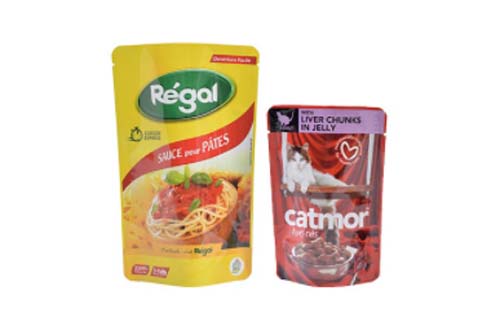
You have likely encountered single-serve flexible packaging in restaurants or hygiene products like sanitary towels. Most brands have not been partial to it because it can be wasteful and sometimes more expensive than packaging products in one overall pack. However, recent events like the Coronavirus pandemic have made single-serve packaging, not just a preference but a necessity.
Packaging products such as wet wipes in individual packs promotes hygiene. Every user gets their own pack as opposed to everyone opening the same pack to pull out a wet wipe. This can be applied to other items picked from a central shared space.
Consumers also enjoy single-serve items because it takes out the math of measuring an ideal quantity of a product. For example, single-serve pet food quantities are measured under the guidance of a veterinary expert. This makes it easy to feed your pet just the right amount which prevents overfeeding and its attendant complications.
Conclusion
Flexible packaging has disrupted the packaging world in the best of ways. It has improved branding, expanded the industry, and made it possible to offer better value to consumers. It will be interesting to see what other innovative solutions top flexible packaging manufacturers come up with as the year progresses.

